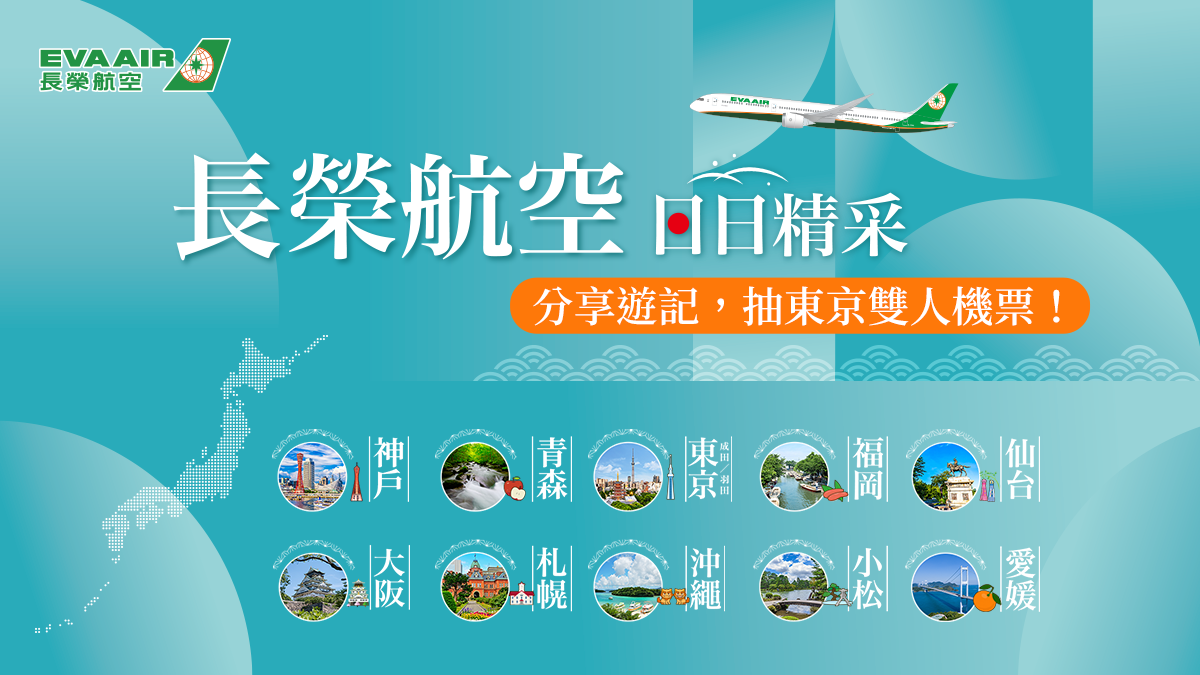With Deep Orange students, instructors and industry-types are getting together to take a vehicle from the white board to the road at Clemson University's International Center for Automotive Research.
Picture the university setting for a moment. What do you see? Co-eds strolling along brick-lined paths, or holing up in the library with stacks of research materials?
Cue the sound of tires screeching to a halt.
The Carroll A. Campbell Jr. Graduate Engineering Center on the campus of Clemson University's International Center for Automotive Research (CU-ICAR) is altogether different. Here, master's and Ph. D. candidates are ensconced in state-of-the-art labs and shops. And they're getting ready to help design and build prototypes that is transforming the traditional classroom into a model original equipment manufacturer (OEM) and supplier.
Their first prototype is in the design stage, so for the moment students are taking apart existing vehicles to determine what works and what can be improved.
It's one thing for students to design innovative technologies and hope vehicle manufacturers will eventually scoop up their ideas, but Dr. Paul Venhovens argues it's quite another exercise to take students through the actual development process, innovating all the way.
Both he and fellow professor Dr. Stephen Hung stress that Deep Orange is made possible through working with a variety of different suppliers to build thevehicle from scratch. "The curriculum is tailored to delivertechnologies to companies," says Hung, pointing out that with classeson tire technologies taught by the Michelin experts headquartered just a few miles away, they are able to remain open to changing industry needs while being aware of what will actually sell in the real world. "Cost," Hung explains, "has really stoppered a lot of innovations from getting to market."
Hung points out that while most research is driven by technology, it won't work if it's too expensive. "You have to be able to track value to the person who is going to pay for it in the end to justify why technological requirements work in the car. Then how to manufacture, assemble, and deliver it."
"Students are going through the marketing basics to determine what the customers want and need. It will be a step-by-step design and manufacturing process that all our students will be involved in for two years," Venhovens adds. Students, faculty, and participating corporate partners will engineer and manufacture a new vehicle prototype each year.
This "systems integration" approach to designing and building vehicles is a radical departure from other university engineering programs, according to Dr. Venhovens, the BMW Endowed Chair in Automotive Systems Integration, who is at the helm of what CU-ICAR has dubbed the "Deep Orange" initiative.
A team from Clemson will be announcing the initiative at SEMA, the Specialty Equipment Market Association's show in Las Vegas, on November 2nd. The 7,500-member SEMA formed a collaborative partnership with Clemson this summer, with Deep Orange at its heart.
As he walks through the various work stations in the building, Dr. Hung, sporting a v-neck sweater the color of a dark flame, says that Deep Orange, too, reflects the collaborative effort put in place when CU-ICAR was conceived and built.
The Campbell Center is a squat, grey block of a structure with a few smooth curves giving way to sharp angles. It sits on a 250-acre campus dotted with "technology neighborhoods" that house corporate partners such as BMW, SAE International, Ozen Engineering and others. The interior was specially designed to allow vehicles to drive in and out in multiple places on all but one of its floor and fitted with an array of equipment. Plus, there's plenty of space for people to work together.
Hung points out students hunched at conference tables or clustered around white boards filled with formulas and notations, already hard at work. He says they have one area to document and envision the market and then transition to other areas for what goes into the vehicle. "Their work can be reviewed and critiqued by other students and industry partners. Then they can take it apart and re-assemble it," he says noting that some of these "under the skin modifications" are aided by both the proximity of the white board designs to the vehicle in progress.
It is not the first time industry and university have worked together to innovate. Other programs are underway such as Ford Motor Company's partnership with University of Michigan to bring cloud computing and social networking to Sync, the company's in-car connectivity and communications-and-entertainment system.
The first Deep Orange prototype vehicle is scheduled to roll out the door in the spring.
Tag:Accounting
jobs | Banking
jobs | Marketing
jobs | Sales
jobs | Secretarial
jobs | Accountant
| Assistant
Accountant | Financial
Analyst | Finance
jobs | Market
Research jobs | Marketing
Manager | marketing
assistant | marketing
executive | Sales
Representative | Sales
Executive | Business
Development jobs | Sales
Manager | Office
Manager | Personal
Assistant | Executive
Assistant | Customer
Service jobs | Receptionist
| Secretary
| cover
letter | resume
| interview
tips | interview
questions | salary
| recruitment
agency | Jobs |


 留言列表
留言列表


